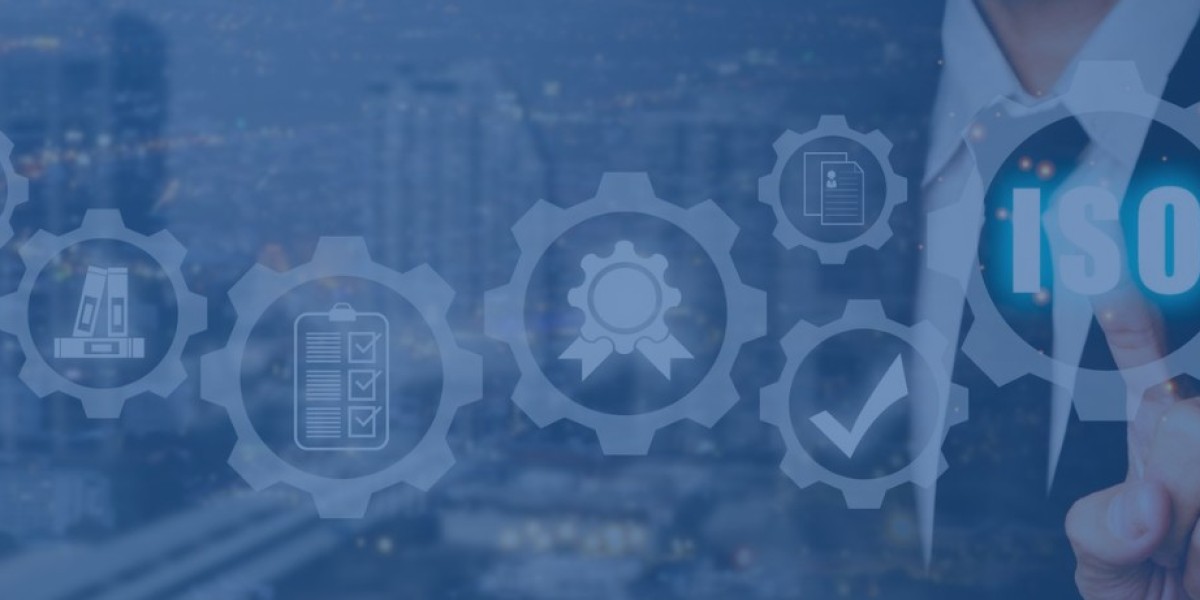In today’s world, organizations are increasingly seeking ways to improve energy efficiency, reduce costs, and minimize their environmental impact. Energy Management ISO 50001 provides a structured framework for achieving these goals through efficient energy management practices. This globally recognized standard empowers businesses to implement sustainable practices that enhance operational performance while reducing energy consumption. This article explores everything you need to know about Energy Management ISO 50001, including its requirements, implementation strategies, and the benefits it brings to organizations. Whether you’re new to energy management systems or looking to refine your existing practices, achieving ISO 50001 certification can transform your approach to energy efficiency.
What is Energy Management ISO 50001?
Energy Management ISO 50001 is an internationally recognized standard for implementing an energy management system (EnMS). It provides organizations with a framework to improve energy performance, reduce greenhouse gas emissions, and achieve cost savings.
This standard focuses on the continuous improvement of energy performance, emphasizing efficient use of energy resources across all levels of an organization. By aligning with ISO 50001 requirements, businesses can ensure compliance with global energy efficiency standards and demonstrate their commitment to sustainability.
Key components of the ISO 50001 standard include:
- Establishing an energy management system aligned with organizational goals.
- Setting measurable objectives to enhance energy efficiency.
- Ensuring ISO 50001 compliance through audits and performance reviews.
Top 10 Benefits of Implementing ISO 50001 in Your Organization
- Improved Energy Efficiency: The standard helps organizations optimize energy use across operations, leading to significant cost savings.
- Regulatory Compliance: Achieving ISO 50001 certification ensures adherence to local and international energy regulations.
- Cost Savings: Reduced energy consumption directly lowers operational expenses.
- Enhanced Environmental Impact: Supports organizations in reducing their carbon footprint and contributing to global sustainability.
- Continuous Improvement: Encourages an ongoing focus on energy efficiency through periodic reviews and updates.
- Employee Engagement: Involves staff at all levels in energy-saving initiatives, fostering a culture of sustainability.
- Competitive Advantage: Demonstrates a commitment to energy management, appealing to eco-conscious customers and stakeholders.
- Risk Mitigation: Reduces exposure to energy price fluctuations and supply uncertainties.
- Integration with Other Standards: Aligns seamlessly with ISO 14001 for environmental management and other ISO standards.
- Global Recognition: Establishes credibility and trust with stakeholders worldwide.
ISO 50001:2018 – What You Need to Know About the Latest Updates
The 2018 version of the ISO 50001 standard introduced several updates to enhance its applicability and effectiveness:
- Alignment with High-Level Structure (HLS): Makes it easier to integrate with other management system standards like ISO 9001 and ISO 14001.
- Emphasis on Leadership: Top management plays a more active role in driving energy management strategies.
- Risk-Based Thinking: Identifies and mitigates risks that could impact energy performance.
- Improved Documentation Requirements: Streamlined processes for easier ISO 50001 implementation and compliance.
Organizations must familiarize themselves with these updates to ensure their energy management systems align with the latest requirements.
Step-by-Step Process for ISO 50001 Implementation
- Conduct a Gap Analysis
Evaluate your current energy management practices against the ISO 50001 requirements to identify areas for improvement.
- Develop an Energy Management Plan
Create a detailed plan outlining the steps to implement the ISO 50001 standard. This includes defining energy policies, objectives, and performance indicators.
- Employee Training and Awareness
Train employees on the importance of energy efficiency and their role in achieving ISO 50001 compliance.
- Energy Data Collection
Gather data on energy consumption and identify opportunities for improvement.
- Implement an Energy Management System (EnMS)
Establish processes and systems to monitor, measure, and control energy usage.
- Conduct Internal Audits
Use an ISO 50001 implementation guide to perform internal audits and assess system performance.
- Certification Audit
Partner with an accredited body to conduct the final audit and achieve ISO 50001 certification.
ISO 50001 vs. ISO 14001: Understanding the Differences and Synergies
While both ISO 50001 and ISO 14001 focus on sustainability, they serve distinct purposes:
- ISO 50001:
- Focuses on energy efficiency and performance.
- Targets energy consumption, cost savings, and continuous improvement.
- Designed for organizations seeking to optimize their energy management systems.
- ISO 14001:
- Focuses on environmental management.
- Addresses broader environmental impacts, such as waste management and pollution control.
- Encourages sustainability across all operational areas.
Synergies Between the Two Standards
By integrating ISO 50001 and ISO 14001, organizations can create a comprehensive sustainability strategy that addresses both energy and environmental management.
How ISO 50001 Certification Can Improve Your Energy Efficiency
Achieving ISO 50001 certification delivers measurable results in energy efficiency and operational performance. Here’s how:
- Optimized Resource Allocation: Helps identify and eliminate energy waste.
- Enhanced Monitoring: Establishes processes to track energy performance metrics.
- Scalability: Accommodates future energy goals as organizational needs evolve.
- Strategic Investments: Guides decisions on energy-efficient technologies and practices.
Common Challenges in ISO 50001 Implementation and How to Overcome Them
- Resistance to Change
Employees may be hesitant to adopt new practices. Overcome this by involving them early in the process and highlighting the benefits of energy management.
- Insufficient Resources
Limited budgets and staff expertise can hinder implementation. Leverage an ISO 50001 implementation guide to streamline processes and maximize efficiency.
- Data Management Issues
Organizations may struggle to collect and analyze energy data. Invest in digital tools to automate data collection and reporting.
- Lack of Leadership Support
Top management plays a crucial role in driving successful ISO 50001 compliance. Ensure leadership understands the strategic value of energy management systems.
The Role of Top Management in Successful ISO 50001 Adoption
Leadership commitment is essential for the success of Energy Management ISO 50001. Here’s how top management can contribute:
- Defining Energy Policies: Establish clear policies that align with organizational goals.
- Allocating Resources: Provide the necessary funding, staff, and tools for implementation.
- Setting Objectives: Define measurable energy performance goals and monitor progress.
- Promoting Awareness: Encourage employee participation and recognize achievements in energy efficiency.
By taking an active role, top management ensures the long-term success of the ISO 50001 standard.
Conclusion
Adopting Energy Management ISO 50001 is a strategic move that benefits organizations in multiple ways, from cost savings and improved energy efficiency to enhanced environmental performance. By implementing a robust energy management system, businesses can achieve ISO 50001 certification and demonstrate their commitment to sustainability.
To learn more about how to implement Energy Management ISO 50001 and take your organization to the next level, visit misc-eg.com. Our experts are ready to guide you through every step of the process, ensuring seamless compliance and measurable results. Let’s work together to build a sustainable future.



